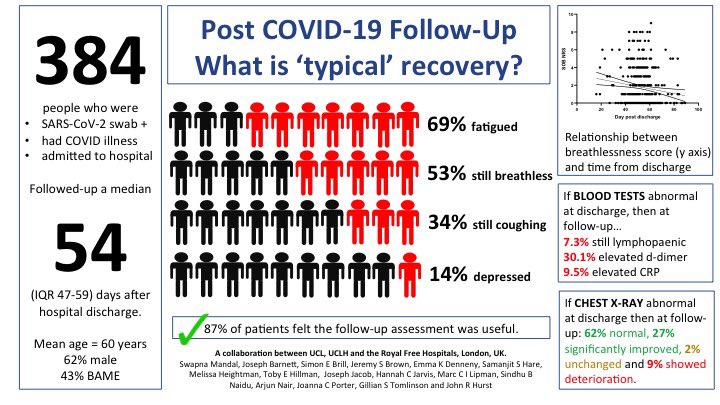
👀it’s out! The llatest 2023 @GOLD_COPD guidance has been released...
🌟There are BIG changes this year. Here are my first thoughts… but lots to digest:
TL/DR:
1. Revised #COPD defn
2. Etiotypes
3. ABCD is out, ABE is in
4. Farewell ICS-LABA
5. New exacerbation defn
1/n👇
🌟There are BIG changes this year. Here are my first thoughts… but lots to digest:
TL/DR:
1. Revised #COPD defn
2. Etiotypes
3. ABCD is out, ABE is in
4. Farewell ICS-LABA
5. New exacerbation defn
1/n👇
1. Definition of COPD now *includes* emphysema…
'heterogeneous lung condition characterized by chronic respiratory symptoms due to abnormalities of the airways (bronchitis, bronchiolitis) and/or alveoli (emphysema) that cause persistent, often progressive, airflow obstruction’
'heterogeneous lung condition characterized by chronic respiratory symptoms due to abnormalities of the airways (bronchitis, bronchiolitis) and/or alveoli (emphysema) that cause persistent, often progressive, airflow obstruction’
Etiotypes??👀👇
An alphabet soup from COPD-A (asthma), through 'C (cigarette smoking), 'D (abnormal lung development) and 'G (genetic #alpha-1), to 'I (infections), 'P (pollution) and U (unknown).
What do you make of this? A similar approach has helped in pulmonary hypertension!
An alphabet soup from COPD-A (asthma), through 'C (cigarette smoking), 'D (abnormal lung development) and 'G (genetic #alpha-1), to 'I (infections), 'P (pollution) and U (unknown).
What do you make of this? A similar approach has helped in pulmonary hypertension!
4. Farewell ICS-LABA –well this hasn't made sense for a while given backbone dual bronchodilator is so effective. If you needed ICS, why wouldn't you put the LAMA in too?
The challenge here will be the widespread use of ICS-LABA, and many settings don’t have access to Triple.
The challenge here will be the widespread use of ICS-LABA, and many settings don’t have access to Triple.
5. The new exacerbation definition is aligned with that in the ‘Rome’ proposal… but this still needs prospective validation. 

Finally, you can read more in the GOLD document itself:
🔗: goldcopd.org/2023-gold-repo…
I hope you found this useful – and I’m really keen to hear your thoughts!
Oh, and please remember to #speakupforCOPD – I have and always will: speakupforcopd.com
🔗: goldcopd.org/2023-gold-repo…
I hope you found this useful – and I’m really keen to hear your thoughts!
Oh, and please remember to #speakupforCOPD – I have and always will: speakupforcopd.com
• • •
Missing some Tweet in this thread? You can try to
force a refresh






